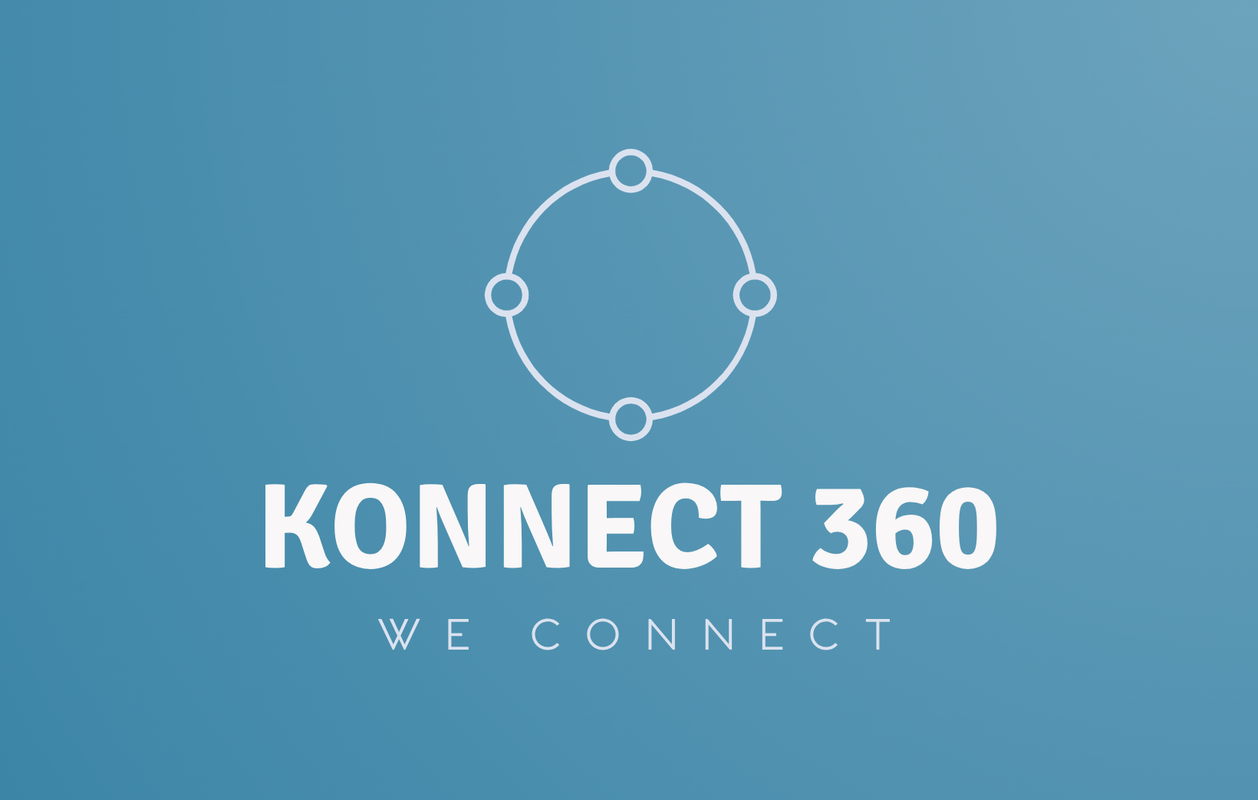How to Build a Portfolio as a Graphic Designer
Essential steps to create a strong and appealing graphic design portfolio
Introduction
As a graphic designer, your portfolio is one of your most important tools for showcasing your skills, attracting clients, and standing out in a competitive industry. A well-designed portfolio not only highlights your best work but also reflects your creativity and professionalism. In this blog, we’ll guide you through the essential steps for building an impressive portfolio that will help you land your next project or job opportunity.
1. Select Your Best Work
Your portfolio should feature only your best work. Choose projects that showcase your versatility, technical skills, and creativity. When selecting projects, keep in mind the type of work you want to pursue in the future. For example, if you want to focus on branding, make sure to feature logos, branding guides, and other related projects.
2. Show Diversity in Your Work
A strong portfolio should highlight your ability to work on different types of projects. Include a mix of designs such as:
- Logo Design
- Packaging Design
- Web and Mobile Design
- Print Materials (e.g., posters, brochures)
- Motion Graphics
Displaying a variety of work shows potential clients or employers that you have a broad skill set and can tackle different design challenges.
3. Organize Your Portfolio Clearly
When displaying your work, organization is key. Make sure your portfolio is easy to navigate and visually appealing. Group similar projects together and provide a clear description for each piece. The description should explain the project brief, your design process, and the final outcome.
4. Include a Personal Touch
In addition to your work, it’s important to include a brief personal introduction. This section should reflect your personality and give potential clients an understanding of who you are as a designer. Include details such as:
- Your design philosophy
- What inspires you
- Your design background and experience
This will help potential clients connect with you on a personal level, making them more likely to hire you for their projects.
5. Make Your Portfolio Accessible Online
In today’s digital age, an online portfolio is a must. Create a website or use a portfolio platform like Behance or Dribbble to showcase your work. Your website should be easy to navigate, mobile-friendly, and optimized for fast loading. Don’t forget to include your contact information, social media links, and a clear call to action for potential clients to reach out to you.
6. Keep It Updated
Your portfolio is a dynamic representation of your skills and growth as a designer. Continuously update it with new projects, awards, and accomplishments. An up-to-date portfolio shows that you are actively working and improving your craft.
Conclusion
Building a graphic design portfolio is an ongoing process, but it’s essential for establishing your personal brand and attracting new clients. By selecting your best work, showcasing diversity, and maintaining an accessible online portfolio, you’ll be well on your way to building a strong presence in the design world.
Remember, your portfolio is not just about displaying finished designs – it’s about telling the story of your creative journey and how you can help solve problems through design.





0 Comments